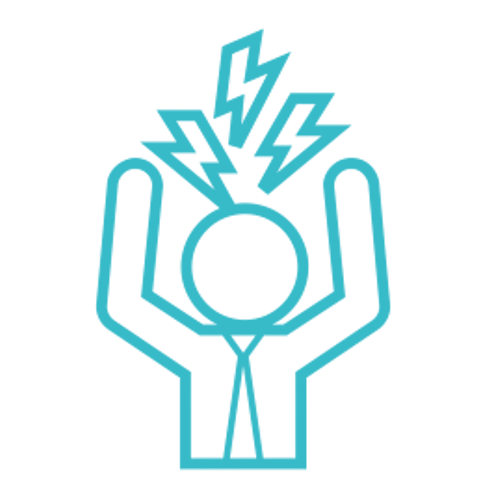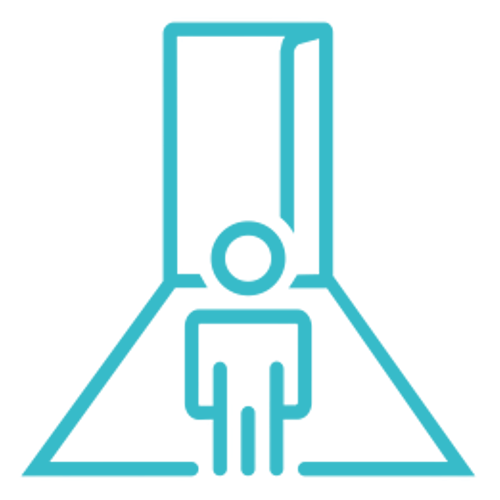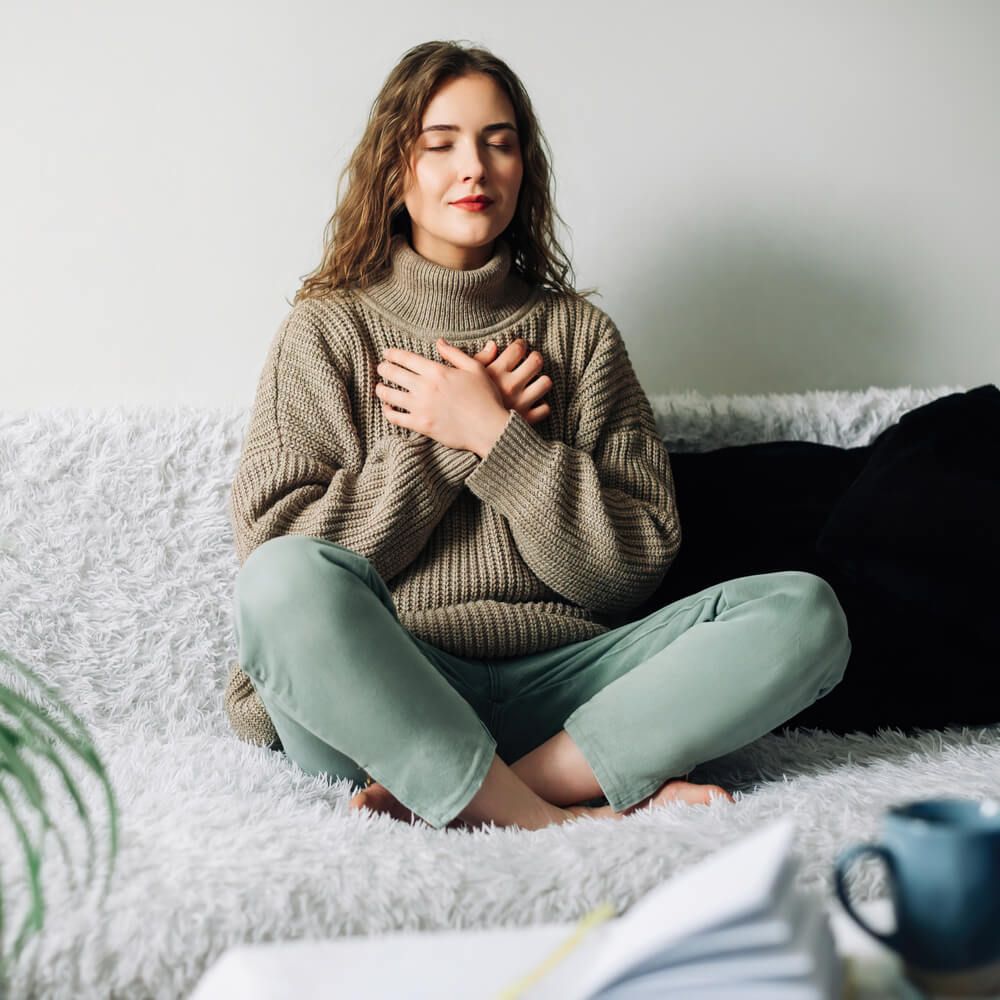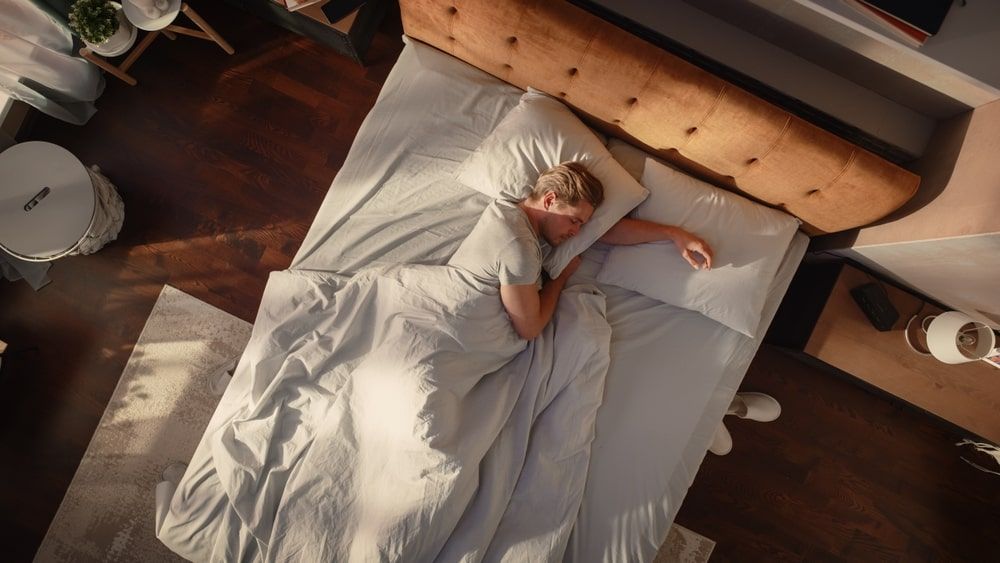In our fast-paced modern world, anxiety has become an increasingly familiar companion for many individuals. The relentless hustle of daily life, work-related pressures, and the constant inundation of information often leave us feeling overwhelmed and disconnected from our inner selves. Fortunately, there exists a silver lining – grounding technique for anxiety that can help in managing anxiety to anchor us and help us rediscover inner peace amidst the chaos. In this blog post, we will explore anxiety grounding techniques designed to empower you to regain control over your thoughts and emotions.
Deep Breathing: A Vital Grounding Technique
Among the array of grounding techniques for anxiety, deep breathing stands out as one of the simplest yet most potent practices. Anxiety grounding techniques like deep breathing harnesses the innate ability of the human body to soothe the nervous system and redirect our attention to the present moment. Here’s a step-by-step guide for this grounding technique for anxiety on how to engage in deep breathing:
- Choose a Quiet Space: Begin by finding a serene and uninterrupted space where you can either sit or lie down comfortably.
- Close Your Eyes: Gently shut your eyes to eliminate external distractions and enhance your focus.
- Inhale Through Your Nose: Inhale deeply through your nostrils, allowing the air to fill your lungs. As you inhale, silently count to four in a steady rhythm.
- Hold Your Breath: Once you’ve taken a full breath in, hold it for a count of four. This pause allows you to retain the revitalizing energy of your breath.
- Exhale Slowly Through Your Mouth: Gradually release the air from your lungs, exhaling through your mouth in a controlled manner. Again, count to four as you exhale.
- Repeat and Synchronize: Continue this process for several cycles, synchronizing your breath with the count of four. As you practice different grounding techniques for anxiety, it is crucial to feel the soothing and rhythmic flow of your breath as it washes away tension and restores balance.
Progressive Muscle Relaxation:
Anxiety often leads to muscle tension. Progressive Muscle Relaxation is a relaxation technique developed for managing anxiety by American physician Edmund Jacobson in the early 20th century. Progressive muscle relaxation can help you release that tension and promote a sense of calm. Anxiety grounding techniques like progressively relaxing your muscles typically follow a structured sequence that systematically targets different muscle groups throughout the body. Here’s a commonly used sequence for one of the various grounding techniques for anxiety that can ease your mind and body:
- Hands: We’ll begin with your hands. Clench your fists tightly, maintaining the tension for about 5-10 seconds. Afterward, deliberately release the tension, allowing your hands to go completely limp.
- Forearms: Shift your attention to your forearms. Tense the muscles in your forearms by flexing them for a duration of 5-10 seconds. As you complete this phase, release the tension, letting your forearms relax.
- Biceps and Upper Arms: Proceed to your biceps and upper arm muscles. Flex these muscles for a span of 5-10 seconds, feeling the tension build. Subsequently, release and let these muscles return to a state of relaxation.
- Shoulders: Now, focus on your shoulders. Elevate your shoulders toward your ears, purposefully tensing the muscles for approximately 5-10 seconds. As you begin to unwind, allow your shoulders to gently drop, relieving them of any remaining tension.
- Neck: Gently tilt your head backward, engaging the muscles in your neck for 5-10 seconds. Following this, ease the tension, letting your neck muscles return to a relaxed state.
- Face: Move on to your facial muscles. Scrunch up your face by tightening these muscles for 5-10 seconds. Then, release the tension entirely, permitting your face to adopt a completely relaxed expression.
- Chest: Take a deep breath and momentarily hold it. This action tenses your chest muscles. After a few seconds, exhale slowly, allowing your chest muscles to relax as you do so.
- Abdomen: Shift your focus to your abdominal muscles. Tighten them for 5-10 seconds, consciously engaging them. Subsequently, release the tension, allowing your abdomen to soften and relax.
- Thighs: Transition to your thigh muscles. Squeeze these muscles for 5-10 seconds, feeling the tension in your legs. As you finish, release the contraction, letting your thigh muscles relax.
- Calves: Move down to your calf muscles. Flex them by pointing your toes upward for about 5-10 seconds. Then, release the tension and let your feet and calves relax completely.
- Feet: Finally, focus on your feet. Curl your toes downward, creating tension in the muscles of your feet for 5-10 seconds. As you conclude, release the contraction, allowing your feet to go limp and relaxed.
Grounding with the 5-4-3-2-1 Technique:
The “5-4-3-2-1 Technique,” is a mindfulness exercise designed for managing anxiety to engage your senses and reconnect you with the here and now. This is one of the anxiety grounding techniques that is particularly useful when you find yourself overwhelmed by anxiety, stress, or intrusive thoughts. Here’s how this grounding technique for anxiety works:
- Sight (5 things): To begin, open your eyes and take a moment to consciously observe five distinct elements in your immediate surroundings. These could encompass objects, colors, or any visual aspects. Pay keen attention to intricate details, shapes, and shades that may catch your eye.
- Touch (4 things): Shift your focus to tactile sensations by identifying four things within your reach that you can physically touch. Extend your hand and explore the texture, temperature, and the sensations these objects provide. Whether it’s the fabric of your clothing, the smoothness of a tabletop, or the warmth of your skin, immerse yourself in the tactile experience.
- Hearing (3 things): Tune your awareness to your sense of hearing. Detect three distinct sounds in your surroundings. It could be the gentle hum of an appliance, the soothing rustle of leaves, or even the distant voices of people conversing. Allow the auditory cues to pull you into the present moment.
- Smell (2 things): Redirect your attention towards your sense of smell. Identify two different scents within your environment. It might be the rich aroma of brewing coffee, the delicate fragrance of a nearby flower, or something subtler like the fresh, crisp air. Embrace these olfactory sensations.
- Taste (1 thing): Finally, hone in on your sense of taste. Acknowledge a single taste in your mouth at this very moment. If there isn’t a specific taste to savor, simply become aware of the existing taste in your mouth, as it lingers there.
Visualization:
Visualization serves as a potent method to transport your mind to a tranquil sanctuary, aiding in overcoming anxiety. Here is a step-by-step guide on how to effectively practice one of many anxiety grounding techniques such as visualization:
- Find a Tranquil Space: Commence by locating a serene and comfortable space where you can sit or recline without disturbances. It is imperative to establish an environment that fosters relaxation and concentrated imagination.
- Begin with Deep Breathing: Before embarking on your visualization journey, take a few deep, soothing breaths. This calms your inner self and prepares your mind for the forthcoming practice in overcoming anxiety with visualization.
- Select Your Imagery: Choose an image or scenario that resonates with you, promoting a profound sense of calmness and relaxation. Visualization is a highly personalized experience, so opt for something that deeply connects with you. Consider options like:
- A tranquil beach adorned with gentle waves and warm sunlight.
- A serene forest where towering trees rustle their leaves in a peaceful symphony.
- A cozy room bathed in soft, comforting lighting, adorned with comfortable furniture, instilling a sense of security.
- A cherished childhood memory or a place where you felt utterly at peace.
- Engage All Your Senses: Once you’ve settled on your imagery, immerse yourself in the experience by engaging all your senses:
- Sight: Visualize the intricate details of your chosen scene as vividly as possible. Observe the hues, shapes, and the entire setting with precision.
- Sound: Envision the sounds intertwined with your scene—whether it’s the rhythmic ebb and flow of ocean waves, the melodious songs of birds, or the comforting crackle of a fireplace.
- Touch: Embrace the sensations within your visualization. Feel the textures of the objects around you—be it the warm grains of sand, the softness of grass, or the cozy embrace of a blanket in your room.
- Smell: Transport yourself into your chosen environment by conjuring up the scents it carries. Inhale the salty sea breeze, the earthy fragrance of the forest, or the comforting aroma of home.
- Taste: If relevant, incorporate a sensory element related to taste. Savor a favorite food or drink within your visualization, allowing it to elevate the experience.
- Immerse Yourself: As you dive into your visualization, liberate your mind from any distracting thoughts or concerns. Visualize yourself fully present within your chosen scene, experiencing it through every sense. Dedicate several minutes to this endeavor to make progress on overcoming anxiety, basking in the sensations and relaxation it imparts.
- Gradual Return: When you’re prepared to conclude your visualization, do so in a gradual manner. Slowly shift your awareness back to your physical surroundings. Commence with subtle movements like wiggling your fingers and toes, ultimately opening your eyes. By following these steps, visualization can become a powerful tool to escape the grip of anxiety and reconnect with a profound sense of tranquility.
Get help from a NYC anxiety therapist today!
Dealing with anxiety can be an overwhelming experience, and it’s essential to have effective grounding techniques for anxiety to help you regain control and find peace in the midst of chaos. At Uncover Mental Health Counseling, we understand the profound impact anxiety can have on your well-being. Let’s explore some practical steps to help you manage anxiety and experience a more grounded and peaceful life:
- Reach Out to Uncover Mental Health Counseling: The first step in managing your anxiety is to reach out to us. Schedule a complimentary consultation call, and let’s discuss your unique situation. Our team is here to listen and provide guidance tailored to your needs.
- Meet with Our NYC Anxiety Therapists: Connect with one of our experienced therapists in New York City, specializing in anxiety management and grounding techniques. Your initial session is an opportunity to explore your anxiety triggers and develop a personalized plan for finding calmness and balance.
- Practice Anxiety Grounding Techniques: Embark on a journey of self-discovery and healing, receiving the support and guidance you need to conquer your anxiety. Our therapists will introduce you to effective anxiety grounding techniques that can help you stay present and reduce anxiety’s overwhelming grip on your life.






































